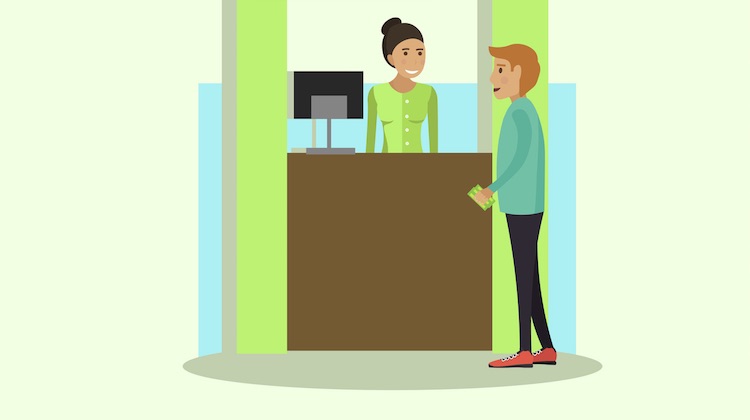The Customer Effect
Digital-only banks grapple with integrating ‘human’ interaction into their products
- Digital-only banks are creating as many human touch points as possible to foster customer comfort and trust
- The digital banking experience is moving toward a hybrid model -- digital-only services with options to escalate to humans based on customer needs









